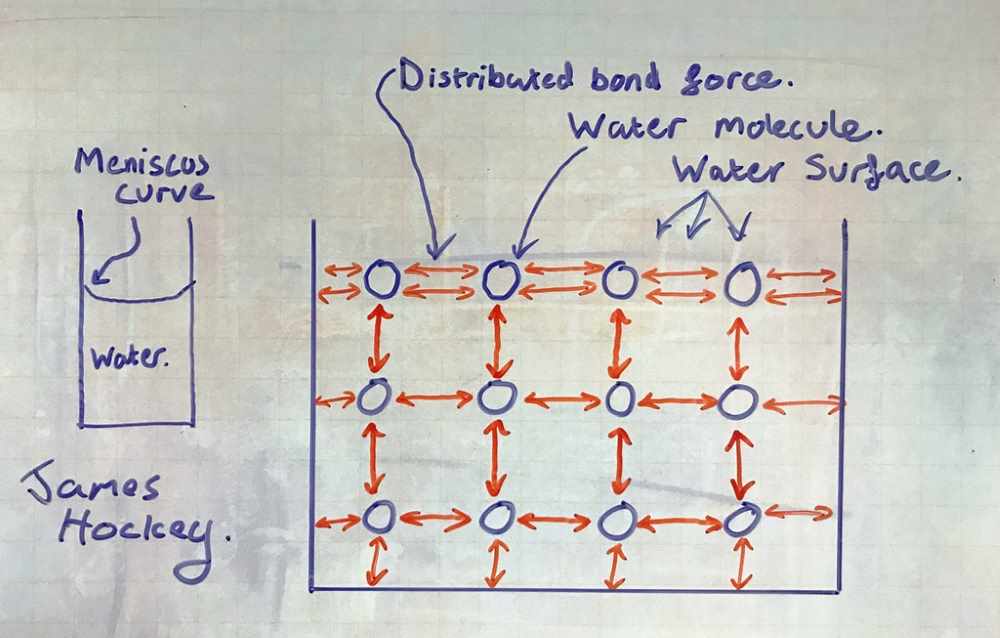Condensation and Vapour Pressure
So last time we talked about condensation and relative humidity, how this is expressed as a proportion of how much moisture air can hold at a given temperature, and how 'dew point' temperature, is the exact temperature where vapour condenses back into a liquid (100% RH).
Today let's think about vapour pressure. This is actual quantity of moisture in the air.
Simplistically therefore, high vapour pressure = wet air, low vapour pressure = dry air.
The thing to understand about differential vapour pressures, is that they will seek to equalise.
What does this mean? Example:
Two sealed rooms with a wall and door separating them. One has a shower in it which has been running and it's steamy/humid, i.e. high vapour pressure. The other room has a dehumidifier running and it's very dry / low vapour pressure.
When the door is opened between the rooms, what happens? Does each level of vapour stay exactly the same in each room?
No.
They will seek to equalise until the level of vapour is the same in each room.
This is called 'vapour pressure equalisation' or 'vapour drive'.
Sounds complicated, but you probably already inadvertently understand this. What do you do before you jump in the shower of a morning? Do you open a window?
The air outside is cooler than inside, (therefore can hold less moisture), and is typically lower vapour pressure than it is in an occupied property, especially in a bathroom with a shower running.
Therefore what you're doing when you open a window pre-shower, is allowing for steam (vapour) to drive / be lost to the exterior through vapour pressure equalisation.
Why do people say that to solve condensation issues, people need to open their windows? Vapour drive!
Vapour pressure will always be higher inside an occupied property
Pics: 1. Rates of vapour production in an occupied property.
Graph shows information collected over time using data-loggers, with one placed inside an occupied property, and one outside. It illustrates the difference in internal (green line) versus external (red line) vapour pressure over time, note that internally it is always higher because of internal vapour production and also that the interior tracks the exterior to a degree, i.e. internal vapour pressure is influenced by external vapour pressure, because we do not live in sealed boxes.
What does Condensation and Vapour Pressure mean?
Condensation and vapour pressure are concepts related to the phase changes of a substance, particularly in the context of water and other liquids.
In summary, condensation involves the transition from a gas to a liquid, typically occurring when a gas cools down. Vapour pressure, on the other hand, is the pressure exerted by the vapour of a substance in equilibrium with its liquid phase, influenced by temperature and reflecting the balance between evaporation and condensation in a closed system.
What roles does condensation play?
Condensation is the process by which a substance changes its physical state from a gas to a liquid.
This occurs when the temperature of a gas decreases, causing its molecules to lose energy and come closer together. As a result, the gas transforms into a liquid. Common examples include the formation of water droplets on a cold surface, such as dew on grass or steam turning into water on a mirror.
How does vapour pressure affect it?
Vapour pressure is the pressure exerted by the vapour (gaseous phase) of a substance in equilibrium with its liquid phase at a given temperature.
That means that in a closed system, molecules from a liquid phase escape into the gas phase, and at the same time, molecules from the gas phase condense back into the liquid phase. Vapour pressure is the measure of the tendency of molecules to escape from the liquid phase into the gas phase. It increases with temperature because higher temperatures provide more energy for molecules to transition from the liquid to the gaseous state.
We are waterproofing design specialists
Trace are waterproofing design specialists. We work with companies across the North West UK to solve their issues with damp and new building waterproofing.
.jpg)

.jpg)

.JPG)
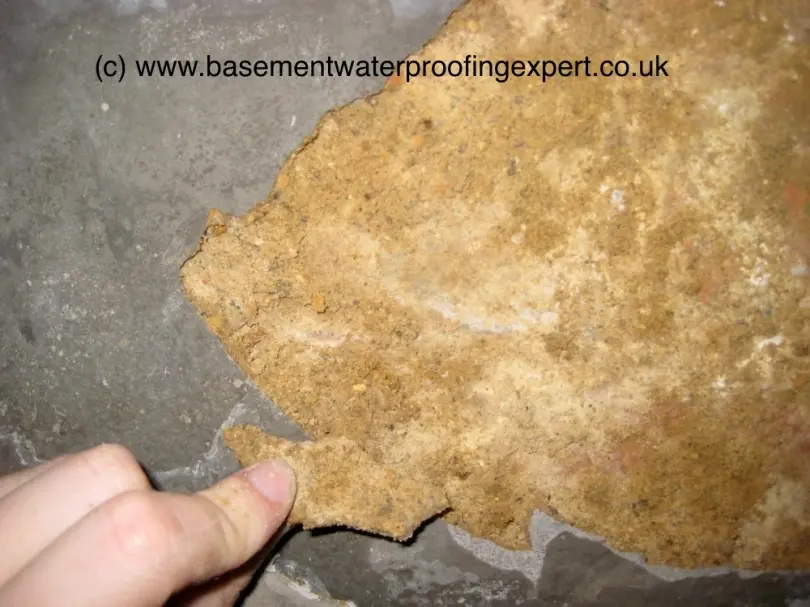
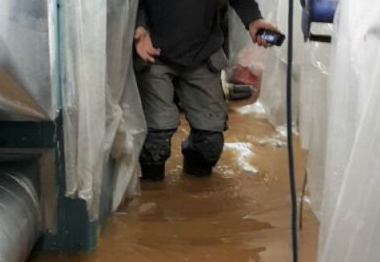
.JPG)
.jpg)

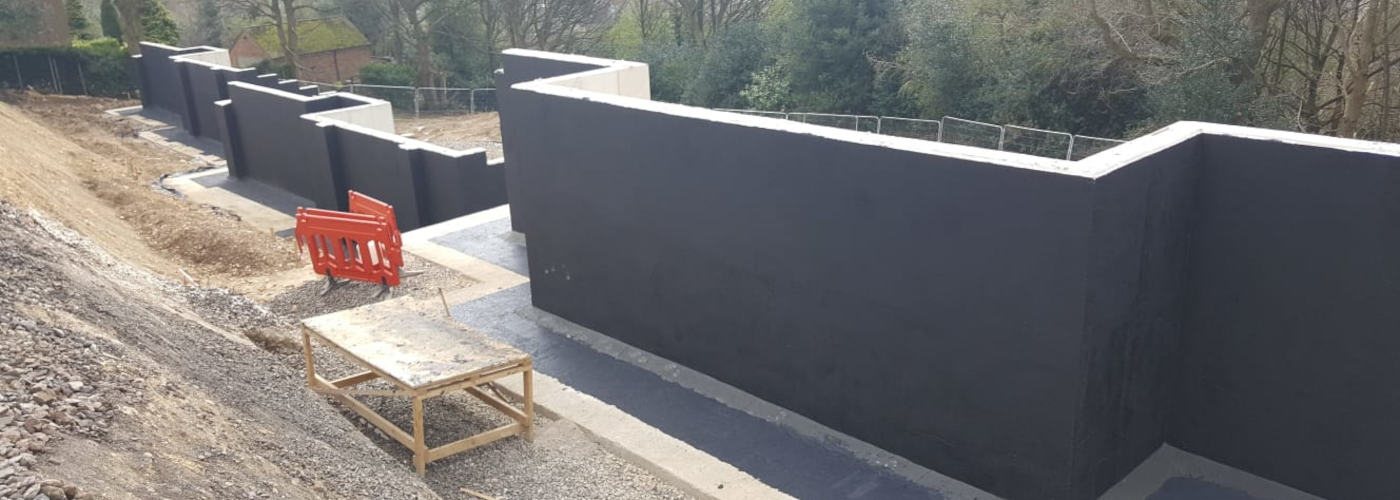


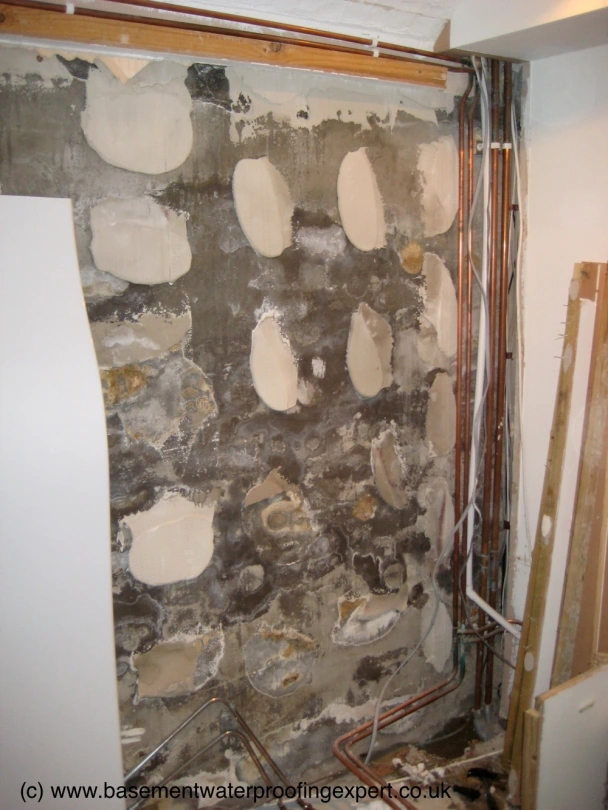
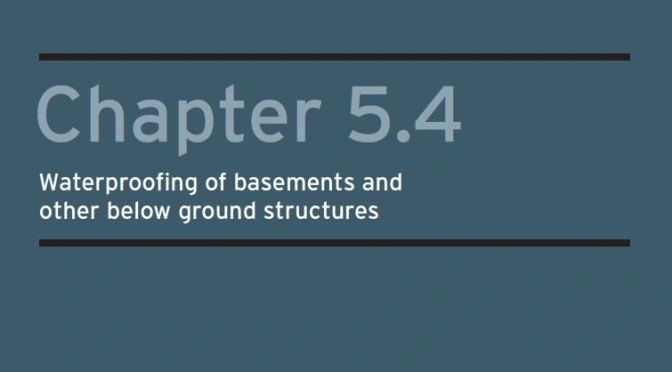
.JPG)

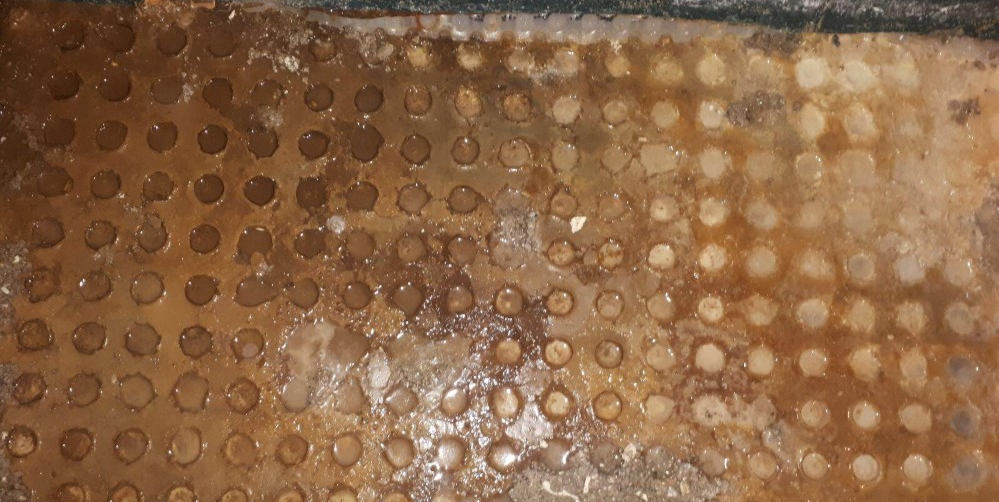
.JPG)

.jpg)
.jpg)
.jpg)

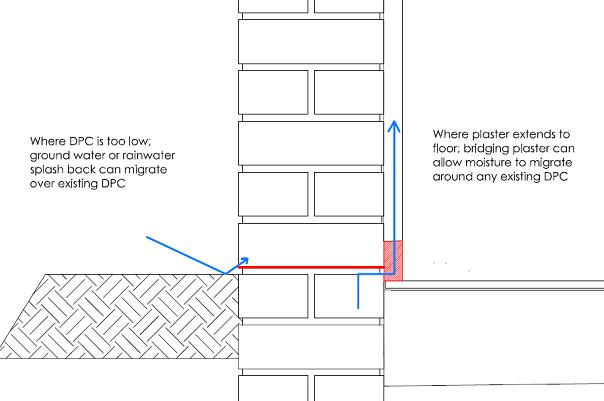
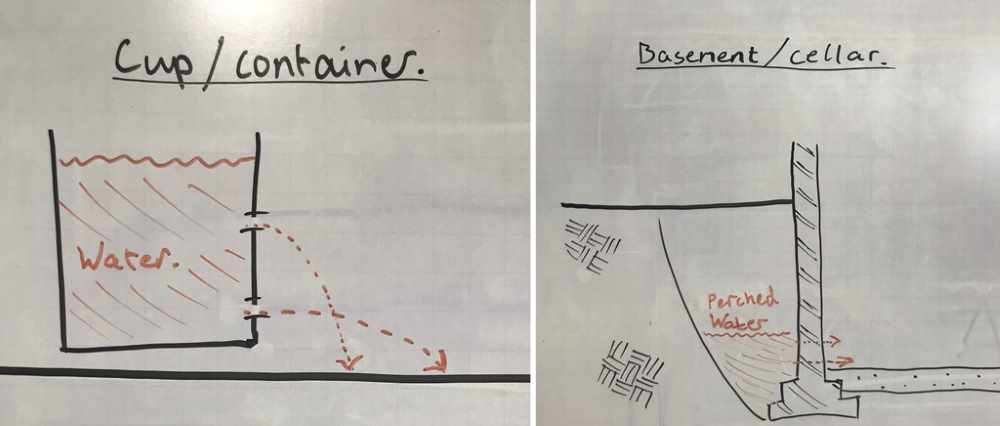
.jpg)
.jpg)
.jpg)
.jpg)


.JPG)
